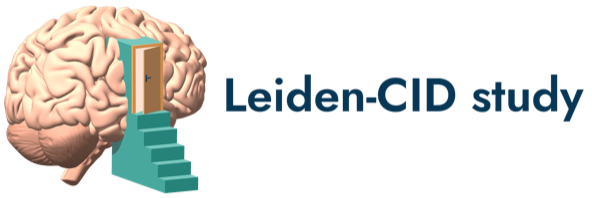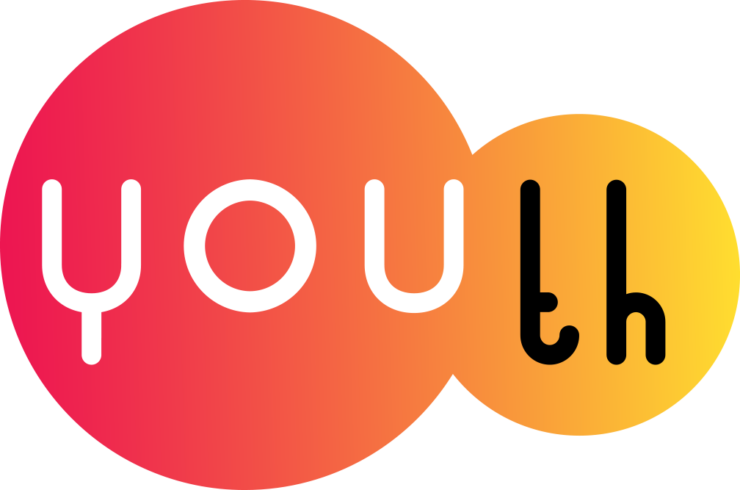-
measure CITO score
Study: Netherlands Twin Register Mode of collection: MeasurementsAndTests Behavioral/cognitive task Available measurements: Young Netherlands Twin Register YS_12 YS_TRF12 YS_DHBQP YS_DHBQ14 YS_DHBQ16 YS_DHBQ18 YC_BS1 YC_BS2 YE_ATTEF2 YS_CITO YS_DT YS_TRIP age 12The CITO-test is a standardized test for educational achievement that is administered in the final grade (when children are 11 or 12 years old) of elementary school. The CITO-test consists of multiple choice items in 4 different educational skills, namely Arithmetic, Language, Study Skills, and Science and Social Studies. All scores on the scales are...Created October 17, 2024 • Updated October 20, 2024 -
measure CITO score
Study: Generation R Mode of collection: MeasurementsAndTests SelfAdministeredQuestionnaire Behavioral/cognitive task Available measurements: Generation R 13-14 yearsThe CITO-test is a standardized test for educational achievement that is administered in the final grade (when children are 11 or 12 years old) of elementary school. The CITO-test consists of multiple choice items in 4 different educational skills, namely Arithmetic, Language, Study Skills, and Science and Social Studies. All scores on the scales are...Created October 17, 2024 • Updated October 20, 2024 -
measure Wechsler Adult Intelligence Scale (WAIS-IV) - Vocabulary subtest
Study: Generation R Mode of collection: MeasurementsAndTests Behavioral/cognitive task Available measurements: Generation R 13-14 yearsThe Wechsler Adult Intelligence Scale (WAIS) is an IQ test designed to measure intelligence and cognitive ability in adults and older adolescents. Most versions contain sub tests that represent the following components of intelligence: Verbal Comprehension Index (VCI), Perceptual Reasoning Index (PRI), Working Memory Index (WMI), Processing Speed Index...Created October 17, 2024 • Updated October 20, 2024 -
measure Wechsler Intelligence Scale for Children (WISC-V)
Study: Generation R Mode of collection: MeasurementsAndTests Behavioral/cognitive task Available measurements: Generation R 13-14 yearsThe Wechsler Intelligence Scale for Children (WISC) is an IQ test for children 6-17 years of age to determine general intelligence. It generates a full scale IQ (formerly known as an intelligence quotient or IQ score) that represents a child's general intellectual ability. The most common primary index scores are the Verbal Comprehension Index, the Visual...Created October 17, 2024 • Updated October 20, 2024 -
measure Wechsler Intelligence Scale for Children (WISC)
Study: L-CID Mode of collection: MeasurementsAndTests Behavioral/cognitive task Available measurements: Middle Childhood Cohort MCC - T1 MCC - T7The Wechsler Intelligence Scale for Children (WISC) is an IQ test for children 6-17 years of age to determine general intelligence. It generates a full scale IQ (formerly known as an intelligence quotient or IQ score) that represents a child's general intellectual ability. The most common primary index scores are the Verbal Comprehension Index, the Visual...Created October 17, 2024 • Updated October 20, 2024 -
measure Stop-Signal Task - Arrows
Study: L-CID Mode of collection: MeasurementsAndTests Behavioral/cognitive task Available measurements: Early Childhood Cohort ECC - T5 ECC - T6
Middle Childhood Cohort MCC - T1 MCC - T2 MCC - T3 MCC - T4 MCC - T5 MCC - T7The Stop-Signal Task - Arrows aims to measure behavioral inhibition by having the child inhibit their reaction in response to a quickly appearing signal. During the task, left- and right-pointing arrows appear on the screen. When the arrow points left, the child has to press the left button, and when the arrow points right, the child has to press the...Created October 17, 2024 • Updated October 20, 2024 -
measure Balloon Analogue Risk Task (BART) - Virtual Reality
Study: YOUth Mode of collection: MeasurementsAndTests Behavioral/cognitive task Available measurements: Child and Adolescent 12 yearsThe Balloon Analogue Risk Task (BART) is a computerized measure of risk-taking behavior. The BART models real-world risk behavior through the concept balancing the potential for reward versus loss. In the task, the participant is presented with a balloon and offered the chance to earn money by pumping the balloon. Each click causes the balloon to...Created October 17, 2024 • Updated October 20, 2024 -
measure Wechsler Intelligence Scale for Children (WISC)
Study: YOUth Mode of collection: MeasurementsAndTests Behavioral/cognitive task Available measurements: Child and Adolescent 9 years 12 yearsThe Wechsler Intelligence Scale for Children (WISC) is an IQ test for children 6-17 years of age to determine general intelligence. It generates a full scale IQ (formerly known as an intelligence quotient or IQ score) that represents a child's general intellectual ability. The most common primary index scores are the Verbal Comprehension Index, the Visual...Created October 17, 2024 • Updated October 20, 2024 -
measure Penn Computerized Neurocognitive Battery (Penn CNB)
Study: YOUth Mode of collection: MeasurementsAndTests Behavioral/cognitive task Available measurements: Child and Adolescent 9 years 12 yearsThe Penn Computerized Neurocognitive Battery (Penn CNB) is a Dutch translation of the web-based computerized neurocognitive battery developed by the Brain Behavior Laboratory of the University of Pennsylvania (https://penncnp.med.upenn.edu/). It includes a total of 17 tests, resulting in measures of performance accuracy (the percentage or number of...Created October 17, 2024 • Updated October 20, 2024 -
measure Delay Discounting - hypothetical
Study: YOUth Mode of collection: MeasurementsAndTests Behavioral/cognitive task Available measurements: Child and Adolescent 9 years 12 yearsThe Delay Discounting task is the most widely used paradigm to measure the capacity to wait for a hypothetical monetary reward in children between 8-18 years old. A child is given a series of option between a variable immediate monetary reward and 10 Euros after a certain delay. The delay of the 10 Euro reward varies between 2, 30, 180, or 365 days. Each...Created October 17, 2024 • Updated October 20, 2024 -
measure Stop-signal anticipation task
Study: YOUth Mode of collection: MeasurementsAndTests Behavioral/cognitive task Available measurements: Child and Adolescent 9 years 12 yearsThe Stop-signal anticipation task aims to measure performance during actual stopping as well as during the anticipation of stopping. Trials begin with the presentation of a cue (0, * or **), representing the stop-signal probability (0, 22 and 33% respectively). Permanently visible are three horizontal white lines, and the goal is to stop a rising bar as...Created October 17, 2024 • Updated October 20, 2024 -
measure Emotion experiment
Study: YOUth Mode of collection: MeasurementsAndTests Behavioral/cognitive task Available measurements: Child and Adolescent 9 years 12 yearsThe Emotion experiment is a task that aims to measure emotional face processing. In the task, participants view pictures of faces (happy, fearful, or neutral), and houses in a pseudorandom order. The stimuli were taken from the Radboud Faces Database (Langner et al., 2010) and are presented in blocks of 18 seconds, with four blocks for each of the four...Created October 17, 2024 • Updated October 20, 2024 -
measure Peabody Picture Vocabulary Task (PPVT-III-NL)
Study: YOUth Mode of collection: MeasurementsAndTests Behavioral/cognitive task Available measurements: Baby and Child 3 years 6 years
Child and Adolescent 9 years 12 yearsThe Peabody-Picture vocabulary task (PPVT; Dunn and Dunn, 1981) is a widely used task to evaluate a participant’s vocabulary size for their age, and serves as a proxy of general language performance. It is normed for participants between 2 and 90 years old. On each trial, participants see an array of four pictures and hear a word that matches one of these...Created October 17, 2024 • Updated October 20, 2024




